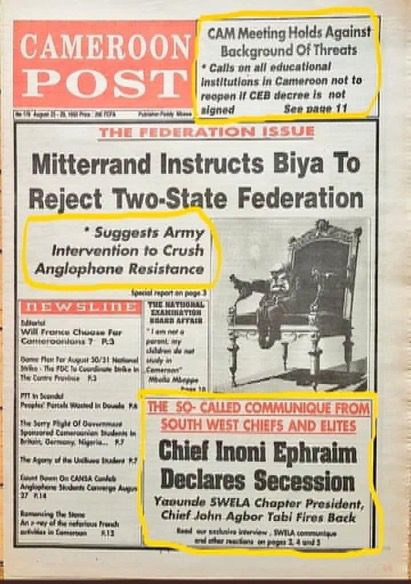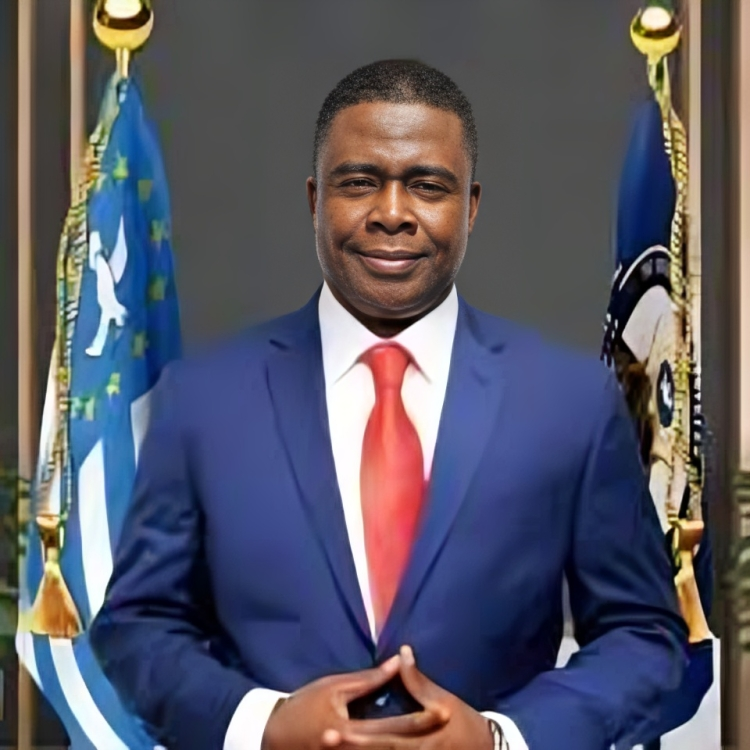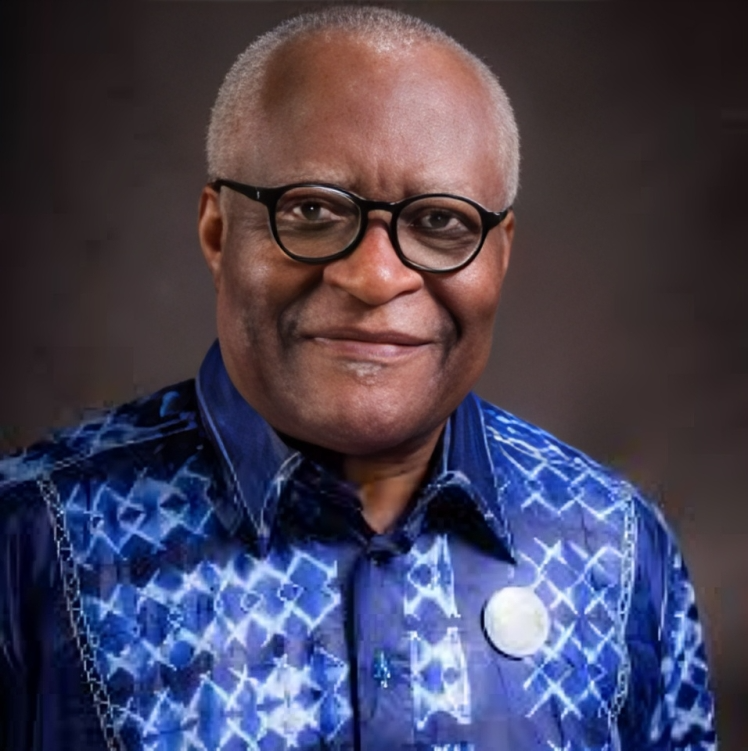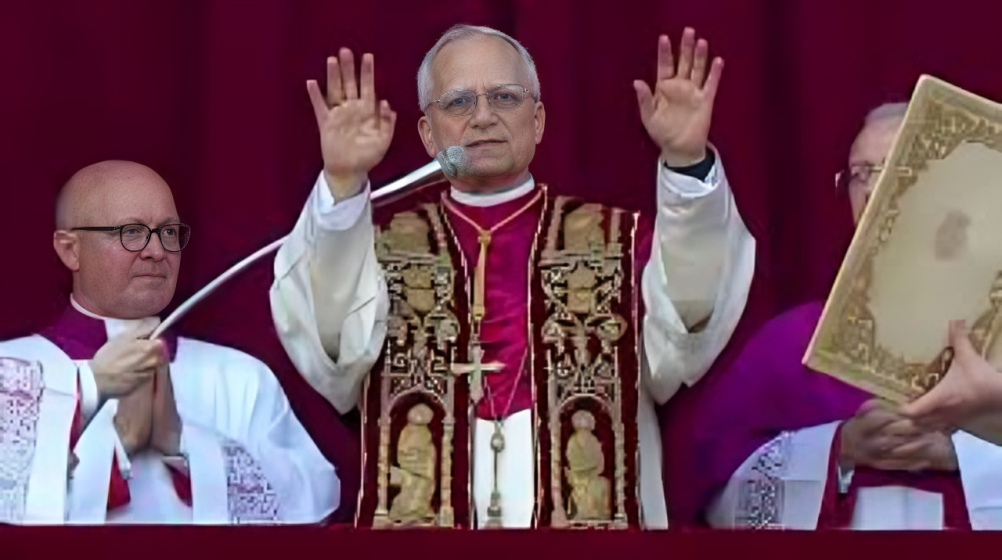Introduction
Briefly introduce the historical relationship between Southern Cameroons and La République du Cameroun.
Highlight the significance of the 1984 decree signed by Paul Biya, and the implications for national identity.
State the main argument: the decree marked a departure from the federal union and redefined Southern Cameroons’ political status.
- The Historical Context
1.1. Pre-Independence Dynamics
Southern Cameroons under British Trusteeship (League of Nations and United Nations mandates).
French Cameroon under French control, later becoming independent as La République du Cameroun on January 1, 1960.
1.2. The Plebiscite and Union of 1961
The UN-organized plebiscite of 1961 where Southern Cameroons voted to join La République du Cameroun.
Formation of the Federal Republic of Cameroon with promises of equal partnership and autonomy for Southern Cameroons.
1.3. Federalism to Unitarism (1972)
The controversial 1972 referendum dissolving the federal structure and creating the United Republic of Cameroon.
Increasing centralization of power and marginalization of Southern Cameroons.
- The 1984 Decree: A Defining Moment
2.1. The Decision by Paul Biya
The legal act by President Paul Biya, changing the country’s name back to “La République du Cameroun.”
Erasure of any federal identity from the national framework.
2.2. The Symbolism of the Name
Analysis of why the name “La République du Cameroun” was significant to French Cameroon’s pre-1961 independence.
Implications of reverting to this name for Southern Cameroons’ status within the union.
2.3. Unilateral Action and Its Repercussions
Was the 1984 decree a secession by La République du Cameroun from the union established in 1961?
Perceived abandonment of the original federal agreement by Southern Cameroonians.
- Legal and International Implications
3.1. Breach of the 1961 Agreement
Examination of whether the 1984 decree violated international law or the terms of the 1961 federal union.
Arguments that Southern Cameroons’ legal and territorial identity was undermined.
3.2. International Responses and Silence
Lack of international intervention or acknowledgment of Southern Cameroons’ grievances.
The role of France and other global powers in shaping the geopolitical dynamics.
- The Southern Cameroons Question
4.1. Identity and Marginalization
The erosion of Southern Cameroons’ political and cultural identity within the unitary state.
Marginalization of English-speaking regions in governance, education, and legal systems.
4.2. The Rise of the Anglophone Crisis
How the 1984 decree fueled long-standing tensions.
The growing push for autonomy, federalism, or outright independence by Southern Cameroonians.
4.3. The Case for Self-Determination
Legal and moral arguments for Southern Cameroons’ right to self-determination.
Comparisons with other secession or self-determination movements worldwide.
- The 1984 Decree in Retrospect
5.1. A Turning Point in History
Reflection on how the decree reshaped Cameroon’s political trajectory.
The perception of Paul Biya’s role in centralizing power and redefining national identity.
5.2. Legacy of the 1984 Decision
How the decree continues to fuel grievances in Southern Cameroons.
Its role in the ongoing Anglophone Crisis.
- Moving Forward
6.1. Addressing Historical Grievances
Importance of revisiting the terms of the 1961 union to address Southern Cameroons’ concerns.
The need for inclusive dialogue and reconciliation between the two entities.
6.2. Proposals for Peace and Justice
Potential solutions: federalism, autonomy, or a UN-mediated referendum.
The role of the international community in supporting a peaceful resolution.
Conclusion
Summarize the main points: the 1984 decree marked a pivotal moment that redefined the relationship between Southern Cameroons and La République du Cameroun.
Emphasize the need for a resolution that respects historical agreements and addresses the aspirations of Southern Cameroonians.
By Funtong Daniel, MSN
The Editorial Framework: Southern Cameroons, La République du Cameroun, and the 1984 Decree








